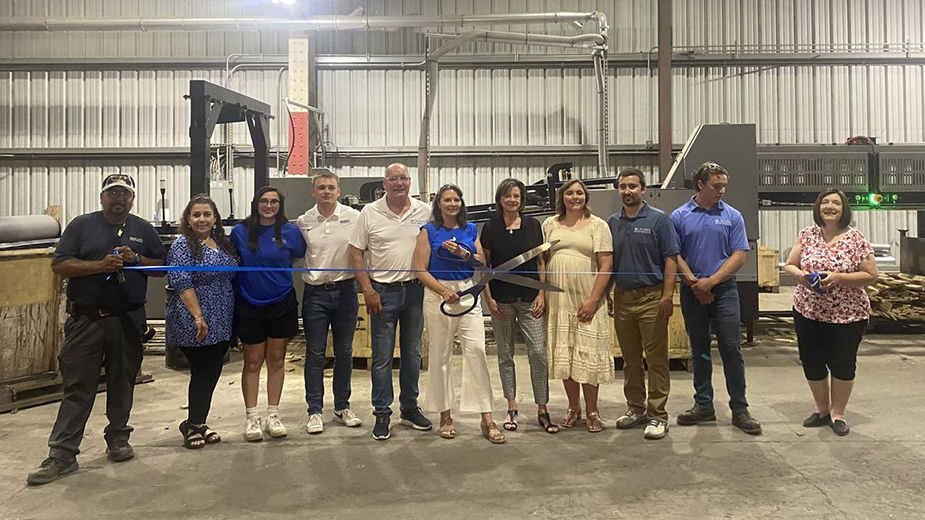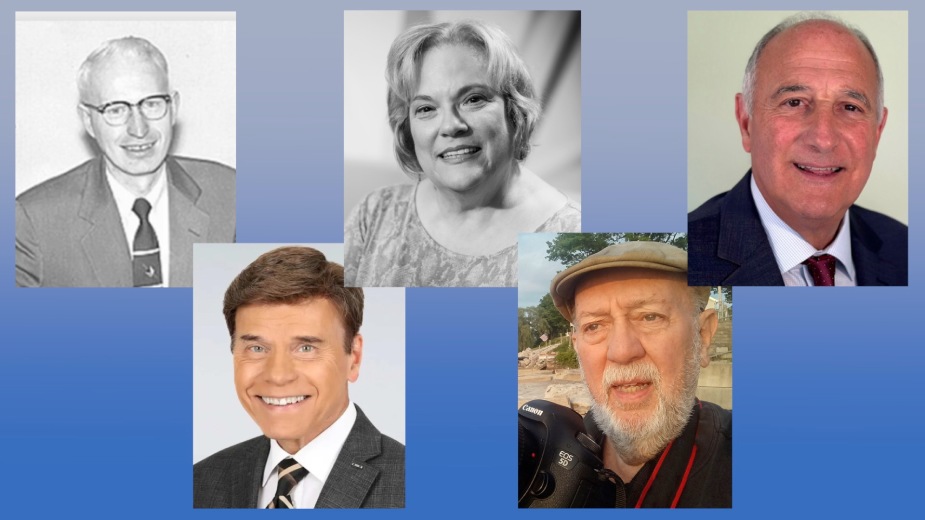Ending Institutional Racism Requires Greater Awareness
YOUNGSTOWN, Ohio – With the rash of police shootings of minorities over the past year, the phrase “institutionalized racism” has quickly entered the vocabulary of most Americans.
While most commonly associated with those shootings, such as the Tamir Rice killing in Cleveland in late 2014, the issues run broader and deeper than just police violence, Walter Madison said Monday at a workshop on racism. Madison, a native of Youngstown and graduate of Cardinal Mooney High School, is the Rice family’s attorney.
“The problem is very real. It gets our attention a little more forcefully because it’s right here amongst us, Madison said. “It’s just an example and certainly a cause worthy of rallying behind, but it’s really a call for an awakening.”
Madison spoke at First Presbyterian Church’s annual Martin Luther King Jr. Day community workshop.
Institutionalized racism has manifested itself in many ways over the past 153 years since the Emancipation Proclamation, Madison and four other panelists explained.
“Institutional racism is when people of color are treated unfairly by an institution and [it] becomes part of the normal behavior of people within that group,” explained Penny Wells, a member of the Martin Luther King Planning Committee of Mahoning County, which organized the discussion.
“Institutional racism is less visible, more subtle and less identifiable than individual acts of racism, but can be just as destructive to human life and dignity,” she added.
Jonathan Bentley, executive director of the city Human Relations Commission, said he’s seen it affect minority entrepreneurs looking to move into new storefronts. He pointed to Jerome Franklin, owner of The Starting Line Up barbershop downtown, which opened last spring in Central Square.
Along the way, Bentley related, a real estate agent suggested to Franklin that his 15-year-old business would be better off in a basement than at ground level on one of the busiest corners in the city.
“This is a person with an established track record, known clientele and a respectable atmosphere,” Bentley said. “If the owner hadn’t been stronger- minded or hadn’t persevered, he might have stayed with the basement or found a new location — or even let downtown alone. Now, he’s the face of downtown.”
Rebecca Banks, a recent graduate of Youngstown State University who served three years on the Student Government Association, said she sometimes sensed an air of hostility toward minority students involved with or speaking at the SGA meetings.
“One of my friends, the president of the Black Student Union, would address things respectfully and eloquently. And they were antagonistic to him,” she said. “Not all of them, but some were. It was palpable.”
Banks, a Hispanic woman from Smoky Hollow, also helped to found Bridges Out of Poverty, a student group with the goal of providing students from poor backgrounds with the tools they need to “navigate those routes through college.”
Madison laid out more examples. Black students make up 40% of all expulsions from public schools in the United States, two-thirds of all police referrals and are three times more likely to be expelled or suspended than their white peers. In the courtroom, black teens are 18 times more likely to be tried as an adult than white teens and make up 60% of the country’s juvenile detention population.
Institutionalized racism has existed since 1896 when the Supreme Court in Plessy v. Ferguson ruled “separate but equal” was constitutional. It was bolstered as recently as 1999 when the Ohio Legislature adopted the Participating in a Criminal Gang statute, Madison said.
“The gang enforcers looked to the kids in white tees and Air Force Ones. The statute said two or more people dressed alike. That was called a gang,” Madison explained. “The young black boys with style and flavor specific to their own was considered gang predictive behavior.”
In writing the statute, he continued, a message of widespread gang violence across the country was promoted as the impetus for the new law, continuing a premise often used in effecting Jim Crow laws.
“Those who want to promote Jim Crow to be the status quo rely on the fear of a nation, in particular in desperate times,” Madison said. “Those white folks who were afraid of losing their job to some black person because things might get fair bought into certain Jim Crow ideologies.”
Speaking to an audience of judges, students, clergy, teachers and community members of all races, Madison said that those laws, both old and new, affect everyone, regardless of background or race.
“It has all been institutionalized into our way of thinking, our way of acting and our way of interacting with each other,” he said. “You can take any school-aged child and put them in a cafeteria and they will sit where everyone looks the same. That is Jim Crow and institutional racism.”
The speeches from Madison and the panelists weren’t focused simply on outlining problems faced by Youngstown and other towns across the nation.
Bentley said the city Human Relations Commission is working to start a micro-loan fund for those looking to start businesses. In general, banks won’t extend minorities credit, he said, because of the applicants’ low credit scores, checkered employment history or collateral deemed insufficient.
“We’re going to look at the whole person, who they are, rather than just their past records on paper,” he said.
Derek Caffe, co-owner of Kingly Hand Wash and Wax, said it’s up to each person in a community to work toward implementing change.
“The biggest way to destroy institutionalized racism is to create that world. We have institutionalized racism because someone said, ‘This is how I want the world to be,’ and created it,” he told the audience. “You have that same power.”
Roy Austin, who graduated from YSU in December after spending 25 years in prison, said that engagement and voting are going to be the major tools to help end institutionalized racism.
“We have to become engage. We have to take it a step further. We have to be in Columbus. We have to be at the meetings,” he said. “We have to know where the money is being distributed. And we have people representing us who look like us and who are concerned about what’s happening here.”
Continuing within the same system that has operated since Lincoln issued the Emancipation Proclamation isn’t a solution, Madison said. Instead, people must end that system and its policies and create new ones.
“The battle never ends because it’s well into who we are,” Madison declared. “If we want to continue to fight, then so be it. But it is a waste of flesh, a waste of words and a waste of God-given talent.
“It’s too late to protest after they shoot a 12-year-old boy,” he continued. “It’s too late to protest after they dismantle our school system. We have to get involved early. We should be in place to prevent this from happening in the first place.”
Pictured: Walter Madison addresses the annual Martin Luther King Jr. Day community workshop held Monday at First Presbyterian Church.
Copyright 2024 The Business Journal, Youngstown, Ohio.


